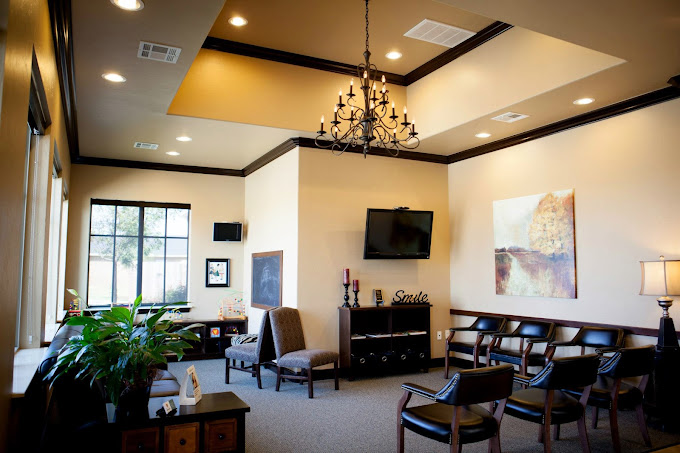If you’ve lost teeth due to accident, injury, or gum disease, we offer several solutions to restore your smile.
A tooth replacement will not only fill the gap, but it will also prevents repositioning of remaining teeth, correct a misaligned bite, improve chewing function and speech articulation, and provide internal structure for the face to give you a more youthful appearance.

Options To Replace Missing Teeth Include:
Dental Implants
Dental implants are small titanium posts anchored into the jawbone. Implants can replace a single missing tooth, and they can also anchor bridges, partials, or full dentures. In a brief surgery, an oral surgeon can secure a few dental implant posts to hold your prosthetic in place. With implant-supported dentures and partials, you won’t have to worry about slippage, and your prosthetic will feel safe and sound.
Fixed Bridges
A bridge is a prosthetic tooth (or teeth) that attaches on one or both sides to teeth prepared with dental crowns. A fixed bridge is joined onto the neighboring abutment teeth (crowned teeth) and consists of three basic units: the false tooth or teeth (called a pontic) and two abutment crowns. The style of bridge we suggest will depend upon the strength and health of the abutment teeth, as well as the location of the gap in relation to the rest of your dentition.
Partial Dentures
A partial denture, commonly referred to as simply a partial, consists of multiple teeth on a gum colored base. The teeth are not in a row, but rather spread across the base to fit like a puzzle with your existing teeth. A partial is normally secured with clips or brackets, but unlike a bridge, a partial is removable.
Full Dentures
A full denture is a complete top or bottom row of teeth mounted on a gum-colored base. Dentures can be closed or open palate, and they may require denture adhesive to hold them in place.
Technology, quality, and your comfort are the cornerstones of our Kingfisher dental practice. We serve patients of all ages from Kingfisher, Piedmont, Hennessey, Okarche, and Watonga. For more information about how we can help you, or to schedule an appointment with Dr. Danner, give us a call at (405) 375-3857 or email us at Kdentaldesigns@gmail.com. We look forward to hearing from you!

